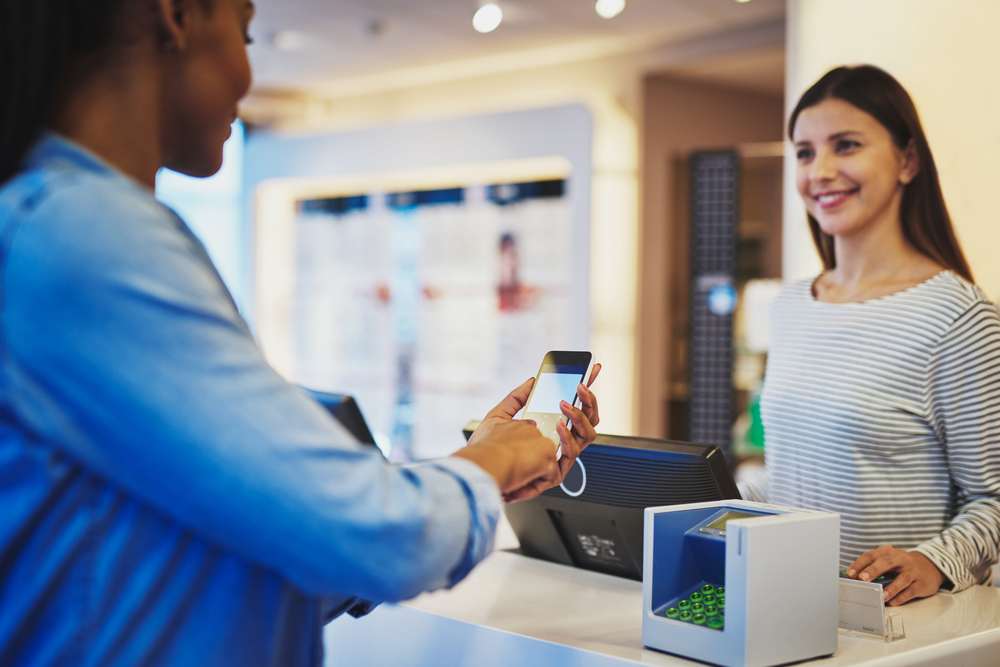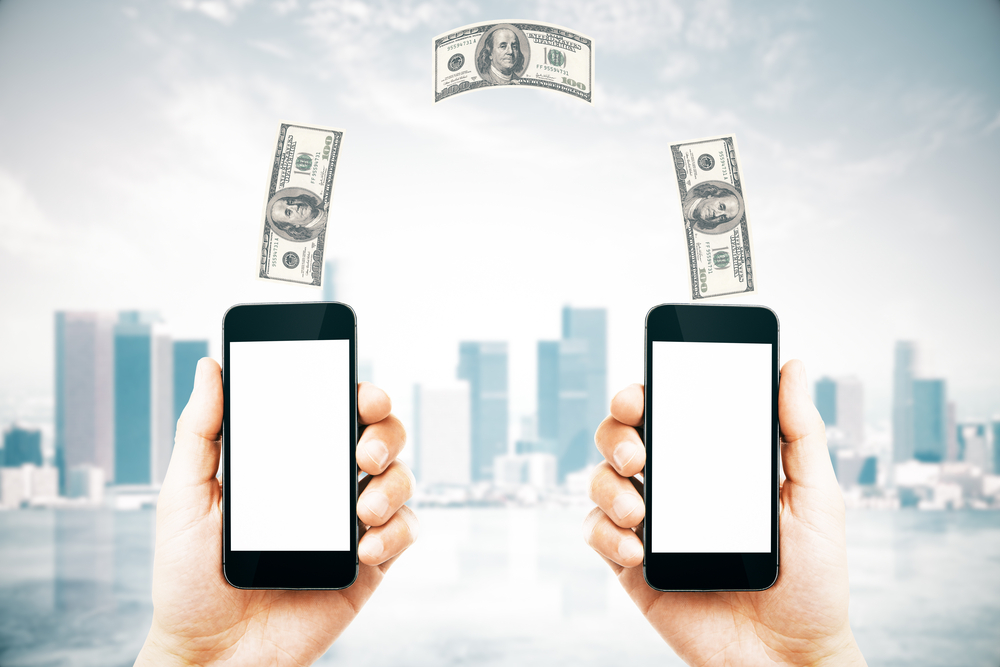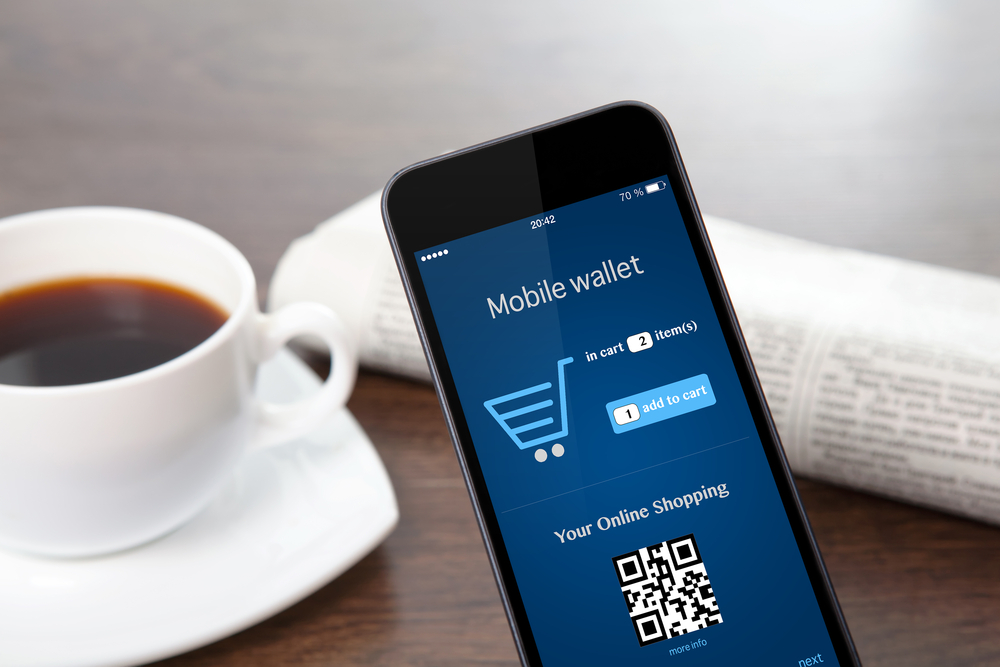Mobile wallets are gaining currency thanks to the deep penetration of smart phones and Internet connectivity, and the youth preferring digital transactions.
In November 2016, India experienced a mini earthquake when the commonly used 500 and 1000 rupee notes were withdrawn from circulation and several limitations imposed on the withdrawal of the newly-released 2000 rupee notes.
But, all was not lost. For, fintech companies – companies that provide finance options using technology – were already in the market to enable cashless transactions. Since the demonetization, awareness has gone up and more and more apps are getting added, giving users choice and variety.
“The regulatory environment had already been laid over the years,” explains Madhusudan R, Co-Founder, Chennai based M2P, which develops YAP – an integrated bank-grade digital payments platform. “This has ensured that only licensed players can provide digital payment solutions, in conjunction with banks, thus ensuring safety for the customers.” He also adds that India is the only country with a two-step authentication, which further secures transactions effectively.
M-Payments market trends
Many studies reveal the accelerated growth of mobile penetration in the country. This is expected to boost the growth of payments through mobile wallets in the period 2016 to 22. Robust mobile internet penetration, growth of the e-commerce sector and increasing disposable incomes are additional factors fueling this growth, according to Associated Chambers of Commerce and Industry of India and research firm, RNCOS. A Boston Consulting Group report suggests that approximately 100 million consumers in India use e-wallets, and the youth prefer this mode over traditional payments through cheques or cash.
The ASSOCHAM report pegs m-wallet market in India to grow to touch Rs30,000 crore by 2021-22, up from Rs 154 crore in 2015-16, growing at a compounded annual growth rate (CAGR) of 141%.
Madhusudan, though, cautions and says that while the first 50 million customers may be easy to acquire, the next 100 million will be a slower process due to India being a conservative market.
What is M-Payment?
The M-wallet market is broadly categorized as transfer of money from one wallet to another; bank to wallet and vice versa; recharge and bill payments for services. Mobile payment volume transactions share is expected to go up from 21% in FY16, to 79% by FY22.
Mobile wallets are of three kinds:
Open Wallet, allowing users to buy goods and services, withdraw cash at ATMs and banks, and transfer funds. Jointly launched with a bank, it enables sending money to any mobile number bank account.
Semi-open Wallet facilitates transaction with merchants that also have an account with the wallet company. Such wallets are meant only to be loaded for spending, like a real wallet.
Closed Wallet, popular in e-commerce transactions, is where a certain amount of money is locked with the merchant in case of cancellation of order, returns or gift cards.
Get your own M-wallet
“I make my Jio payments using Jio money. It is easy, safe and quick,” says Chitra Iyer, financial advisor.
“I use Paytm to pay my electricity bills. It takes a second to retrieve the bill and make the payment,” according to Prem Sivakumaran, editor, The Smart CEO magazine.
Suresh Lakshman, a senior executive in an MNC, is impressed with the convenience of using mobile wallets and has this to say, “It’s very useful for making payments right from the sabzi walls to auto to Uber! Across the board with no worries for change and fat wallet! Experience awesome!”
“I use Paytm at the local grocer and to pay the newspaper wallah. Effortless. Just type the phone number or scan the QR code, key in the amount and you are done,” points out Karthik Bhanu, financial controller, ITC Essentra. “I’ve used Ola money too. It is very convenient. When you reach your destination, your Ola money is deducted and the bill is sent by email.”
“I use Paytm to book film tickets, pay highway tolls and settle Uber cab fares… Ola money for paying Ola cab rides… I use PayTM for online purchases too…the benefit is the ‘cash back’ which you can use. again. I use Paytm for paying/receiving my share of expenditure after a get together,” explains Ramaiyer Srinivasan, Head-Engg & Projects at The Himalaya Drug Company.
Depending on your need, look for service providers in any of these categories and get your own m-wallet. Most can be downloaded from the phone’s Play Store and a simple registration will activate it. Some wallets charge a loading fee of 1 to 1.5%.
Wallets are also safer than a credit or debit card. A former General Manager of State Bank of Travancore (now merged with State Bank of India) points out that a wallet works like a debit card but is less risky as in case of any unlikely breach, only the amount loaded in the wallet is exposed. A debit card, on the other hand, exposes more of personal financial details.
There is a lot of innovation in this field and upcoming companies as well as established banks and financial services companies are competing at making the m-payment experience better and digital payments convenient.
Jitendra Gupta, Founder, Citrus Pay (now Payu), a digital payment company, says, “We intend to create an alternate data-based credit engine for more than 100 million consumers through digital channels.”
M-wallets make even credit and debit cards redundant, making your phone the one-point stop for all your financial needs.

















































